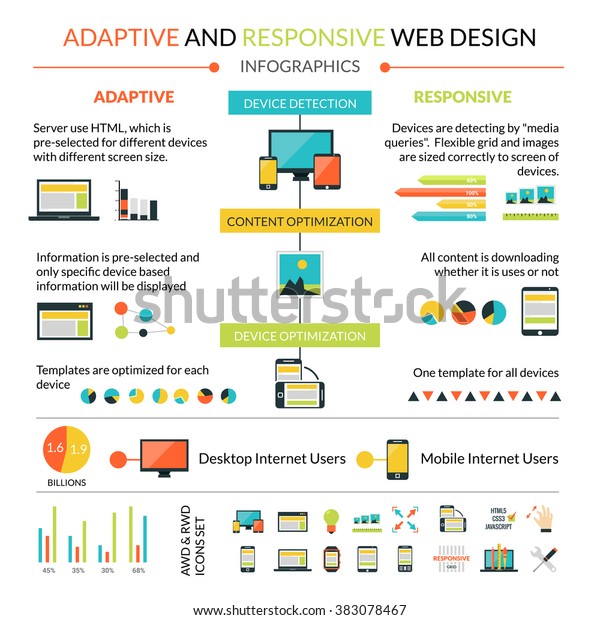Utilizing The Toughness Of Visual Pecking Order In Website Creation
Utilizing The Toughness Of Visual Pecking Order In Website Creation
Blog Article
Content Written By-Leon McGarry
Picture a website where every aspect competes for your interest, leaving you feeling overwhelmed and unclear of where to concentrate.
Now image a site where each component is very carefully prepared, guiding your eyes easily through the web page, supplying a seamless user experience.
The difference lies in the power of aesthetic pecking order in internet site design. By strategically arranging and prioritizing aspects on a web page, developers can develop a clear and user-friendly course for individuals to adhere to, ultimately enhancing interaction and driving conversions.
But just how exactly can you harness this power? Join us as we check out the principles and strategies behind efficient visual pecking order, and uncover how you can boost your site layout to new elevations.
Understanding Visual Power Structure in Web Design
To effectively convey details and guide customers with a website, it's important to comprehend the idea of visual hierarchy in web design.
Visual power structure refers to the arrangement and organization of components on a web page to stress their significance and develop a clear and instinctive user experience. By establishing a clear visual pecking order, you can direct individuals' focus to the most important information or activities on the page, enhancing functionality and engagement.
This can be attained with different layout methods, including the strategic use of size, shade, comparison, and positioning of components. For instance, bigger and bolder elements typically attract even more interest, while contrasting shades can create aesthetic comparison and draw focus.
Concepts for Reliable Visual Power Structure
Understanding the concepts for reliable aesthetic power structure is vital in creating an easy to use and appealing site style. By adhering to these principles, you can ensure that your web site efficiently interacts details to customers and guides their interest to the most vital components.
One principle is to use size and scale to develop a clear aesthetic hierarchy. By making crucial aspects bigger and a lot more prominent, you can draw attention to them and guide customers with the content.
Another principle is to make use of comparison properly. By utilizing contrasting shades, typefaces, and shapes, you can create aesthetic distinction and highlight essential info.
In addition, the principle of closeness recommends that related components should be grouped with each other to visually connect them and make the internet site extra organized and simple to browse.
Implementing Visual Hierarchy in Web Site Style
To apply aesthetic hierarchy in web site style, focus on important aspects by adjusting their dimension, color, and placement on the web page.
By making key elements bigger and extra prominent, they'll normally draw the individual's interest.
Usage contrasting colors to develop aesthetic contrast and highlight vital information. For instance, you can use a strong or lively color for headings or call-to-action buttons.
Furthermore, take into consideration the placement of each aspect on the web page. Area crucial elements on top or in the center, as customers tend to focus on these locations first.
Final thought
So, there you have it. https://www.searchenginejournal.com/impactful-seo-reporting-guide/425753/ pecking order is like the conductor of a symphony, guiding your eyes via the web site design with skill and panache.
mouse click the next site 's the secret sauce that makes a web site pop and sizzle. Without it, your layout is just a cluttered mess of arbitrary elements.
However with best site for seo , you can create a work of art that orders interest, interacts successfully, and leaves an enduring impact.
So go forth, my friend, and harness the power of visual power structure in your web site design. Your audience will thanks.
